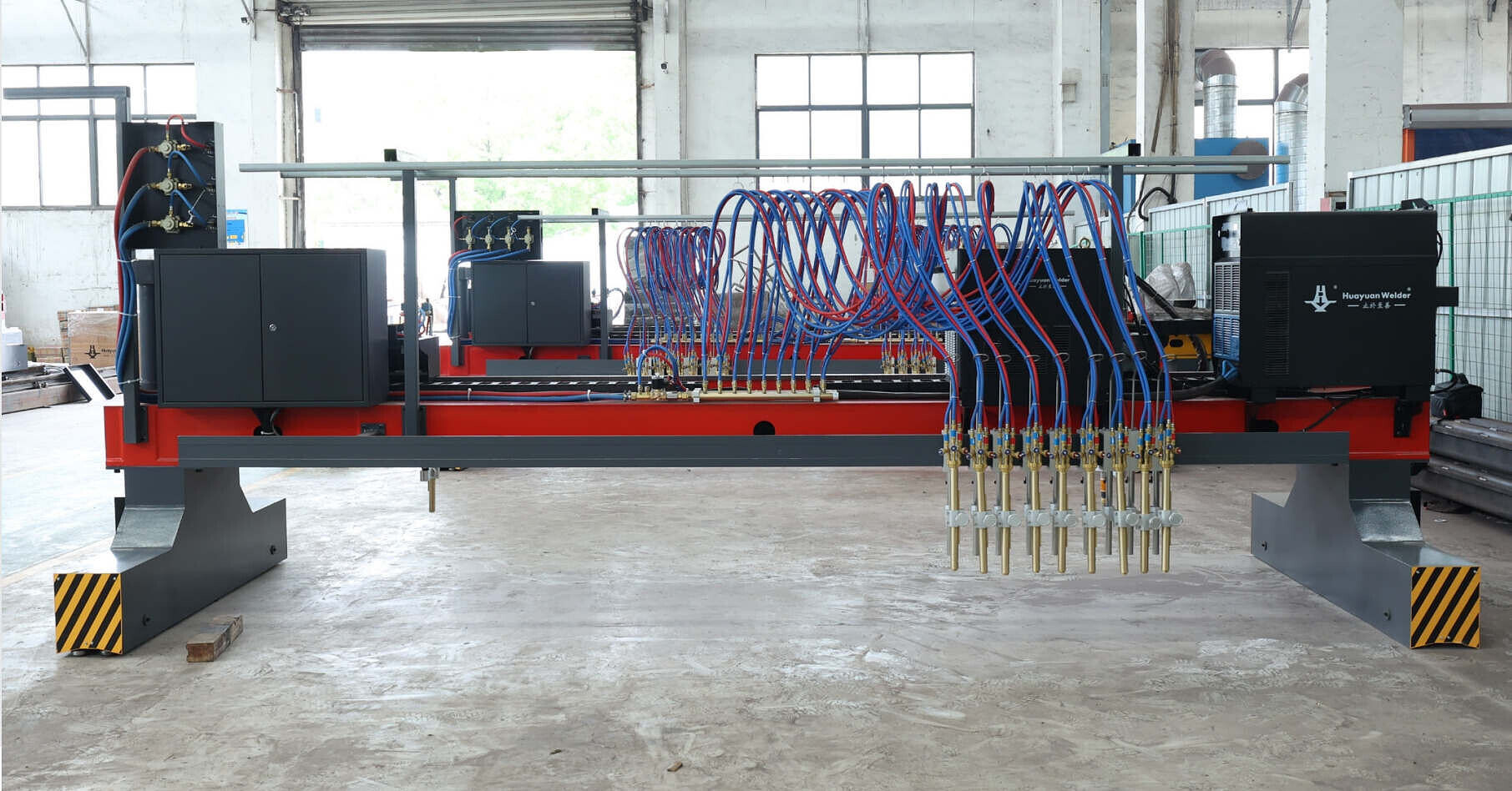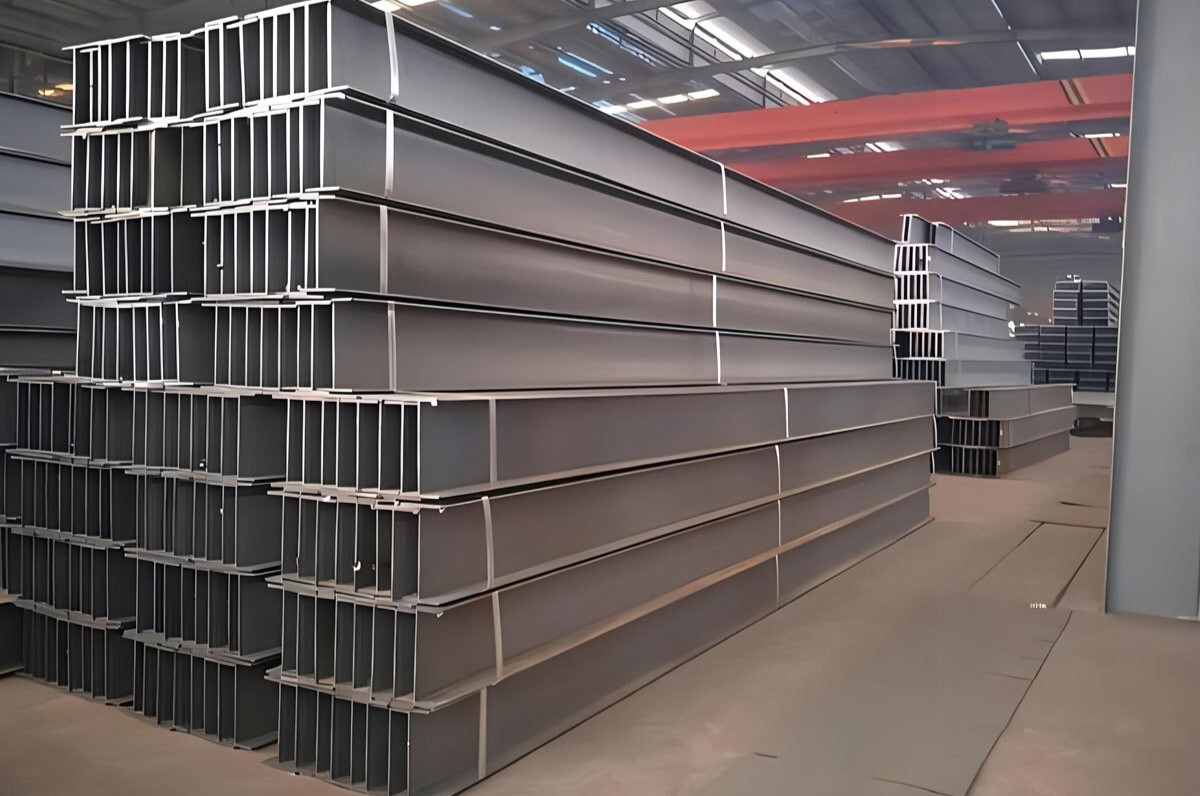Understanding the Differences Between Flame, Plasma, and Laser Cutting Machines
As the modern machinery manufacturing industry continues to evolve, the demand for higher cutting quality, precision, and efficiency has never been greater. To meet these needs, advanced cutting machines with automated functions and intelligent features are becoming increasingly important. Among the various cutting technologies, flame cutting, plasma cutting, and laser cutting machines are some of the most common choices. Each of these machines has unique advantages and applications. In this article, we will explore the differences between flame, plasma, and laser cutting machines to help you understand which option might be best suited to your needs.

Cutting Efficiency and Precision: How Each Machine Performs
Laser Cutting Machines: Laser cutting machines are known for their exceptional cutting speed and precision. These machines can deliver the highest cutting quality, especially for materials with smaller thicknesses. However, laser cutters generally work best with materials that are thin to medium thickness and are typically used in high-precision applications where the cut quality needs to be flawless. While they are the fastest and most accurate, they tend to have limitations when cutting thicker materials.
Plasma Cutting Machines: Plasma cutting machines are also fast and efficient, though not as precise as lasers. Plasma cutting works by ionizing gas to create a plasma arc that cuts through metals. While the cut surface may exhibit a slight angle or bevel, plasma cutting is a versatile option that can cut through a wide range of metal thicknesses. The technology is known for its quick operation and relatively low cost, making it suitable for industries that prioritize speed over fine detail.
Flame Cutting Machines: Flame cutting machines are typically used for thicker carbon steel materials. These machines utilize a high-temperature flame to cut through metals, and they are generally less expensive than both plasma and laser cutters. Flame cutting is often used in heavy-duty industries that require cutting thick materials, but it tends to be slower and less precise compared to other cutting methods.
Cost Considerations: What’s the Best Investment?
When it comes to cost, laser cutting machines are the most expensive due to their advanced technology and high precision. They offer the highest return on investment for applications that require detailed and clean cuts. Plasma cutting machines come next in terms of cost. They offer good performance at a lower cost than lasers, making them a popular choice for general cutting tasks. Flame cutting machines are the most budget-friendly option, though they tend to be slower and less precise, making them suitable for applications where cutting quality is not the highest priority.
Future Trends: The Shift Toward Plasma and Laser Cutting
While CNC flame and plasma cutting machines still dominate the market, the future seems to be shifting toward more advanced technologies like precision plasma and laser cutting machines. These newer technologies offer significant advantages, including faster cutting speeds, better cut quality, and greater environmental friendliness. As industries continue to prioritize efficiency and sustainability, laser and precision plasma cutting machines are likely to become the go-to choices for a wide range of applications.
Key Differences: Plasma vs. Laser vs. Flame Cutting
Plasma Cutting
- Cutting Quality: Excellent bevel angle, minimal heat-affected zone, no slag, great to excellent fine cutting results.
- Production Capacity: Extremely fast cutting speeds for all thicknesses of metal, rapid piercing capabilities.
- Operating Costs: Low operational cost per unit due to long-lasting consumables and high efficiency.
- Maintenance: Easy to maintain with in-house staff for most components.
Laser Cutting
- Cutting Quality: Excellent bevel angle, minimal heat-affected zone, no slag, and superior cutting precision, especially in narrow bends.
- Production Capacity: High-speed cutting for materials under 6mm thick; speed decreases with material thickness.
- Operating Costs: Higher operating costs due to electricity and gas consumption, especially for thicker materials.
- Maintenance: Requires specialized technical personnel for complex maintenance tasks.
Flame Cutting
- Cutting Quality: Suitable for cutting thicker carbon steel, but slower and less precise than plasma or laser options.
- Production Capacity: Slower than plasma or laser cutting, best for thick materials.
- Operating Costs: The most cost-effective option for heavy-duty cutting tasks.
- Maintenance: Low-maintenance, but requires periodic adjustments for optimal performance.
Conclusion: Choosing the Right Cutting Machine
Selecting the right cutting machine for your needs depends on factors such as material type, thickness, desired cut quality, and budget. For industries that require high precision and speed, laser cutting machines are the clear choice. Plasma cutters provide a good balance between speed and cost-effectiveness for general-purpose cutting. Flame cutting machines remain a reliable and cost-effective option for heavy-duty applications involving thicker materials.
At ZMDE, we offer cutting-edge solutions tailored to your specific needs, ensuring high quality, efficiency, and cost-effectiveness. Whether you need precision laser cutting, fast plasma cutting, or reliable flame cutting, ZMDE has the right equipment to meet your requirements.



